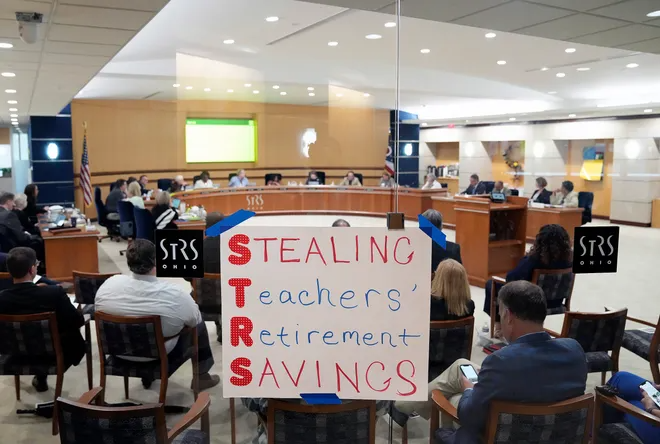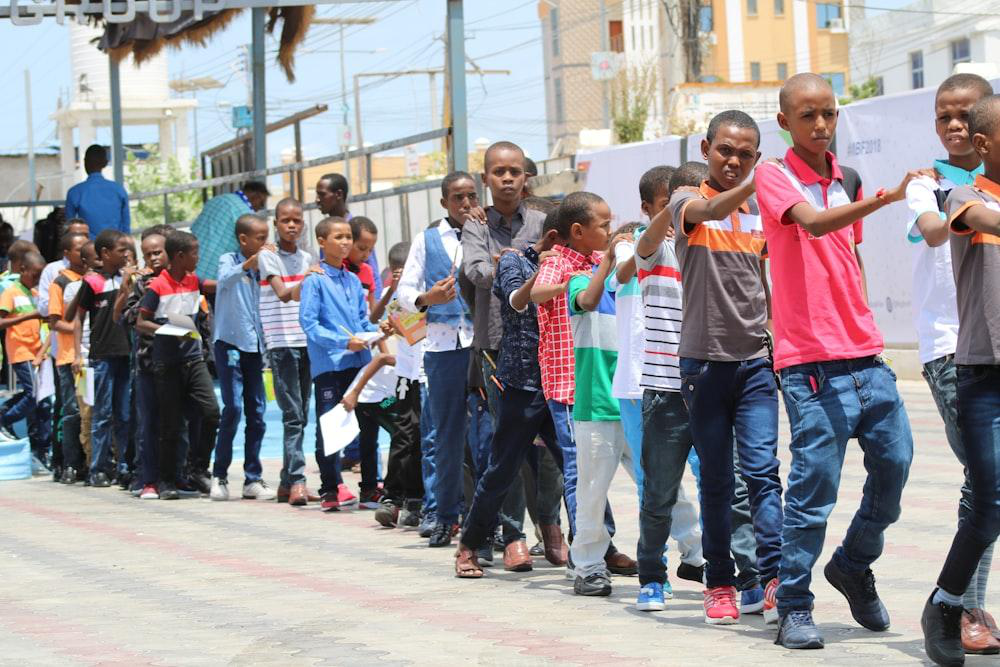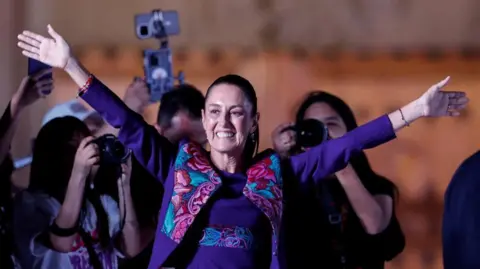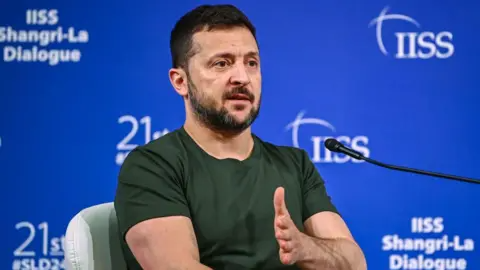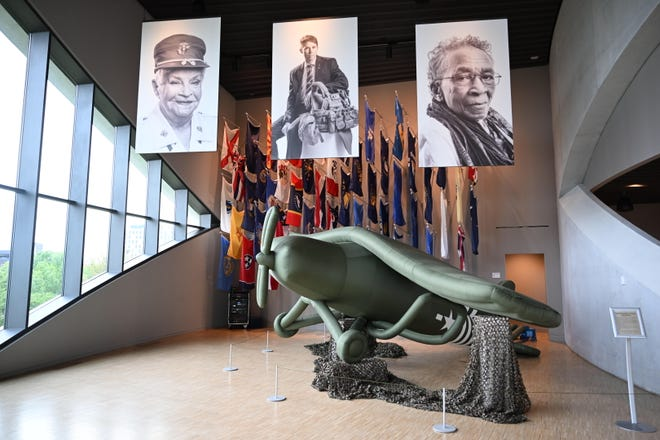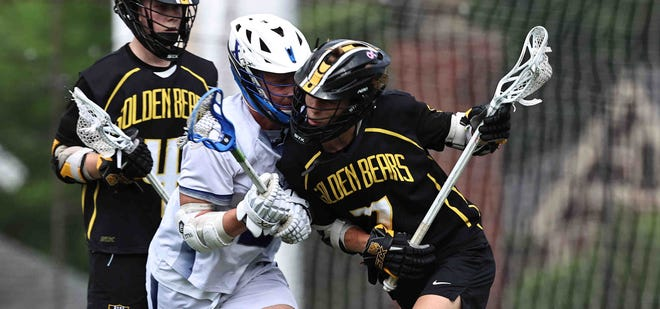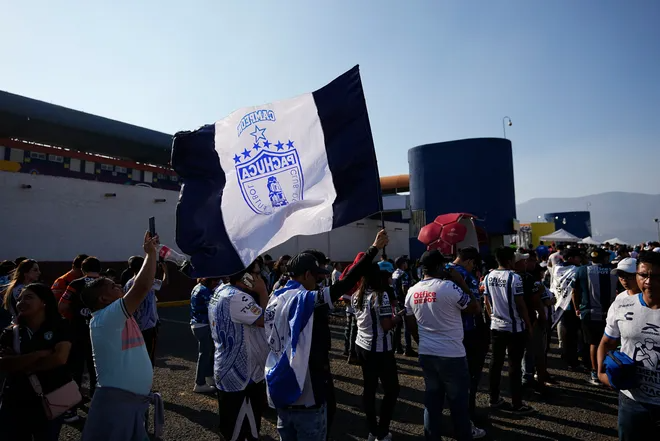- Experts working on new Nile project say digital tools can transform sustainability and help support UNSDGs
- AI offers hope to challenges relating to region’s food security and depleting resources in the world’s oceans
DUBAI: Dutch academics and the UN’s Food and Agriculture Organization have launched a vital new project that is using state-of-the-art artificial intelligence technology to improve the identification and measurement of fish species and stocks in the Nile Basin.
It could become a key tool in the quest for sustainability and food security by improving the collection of vital data from fishing communities around the region.
The initiative, supported by Wageningen University and Research in the Netherlands, is the latest development in a decades-long effort launched in the 1970s by FAO to help countries carry out better identification of species for fisheries purposes, so that the collection of data about fish catches can be enhanced and the fishing industry improved.
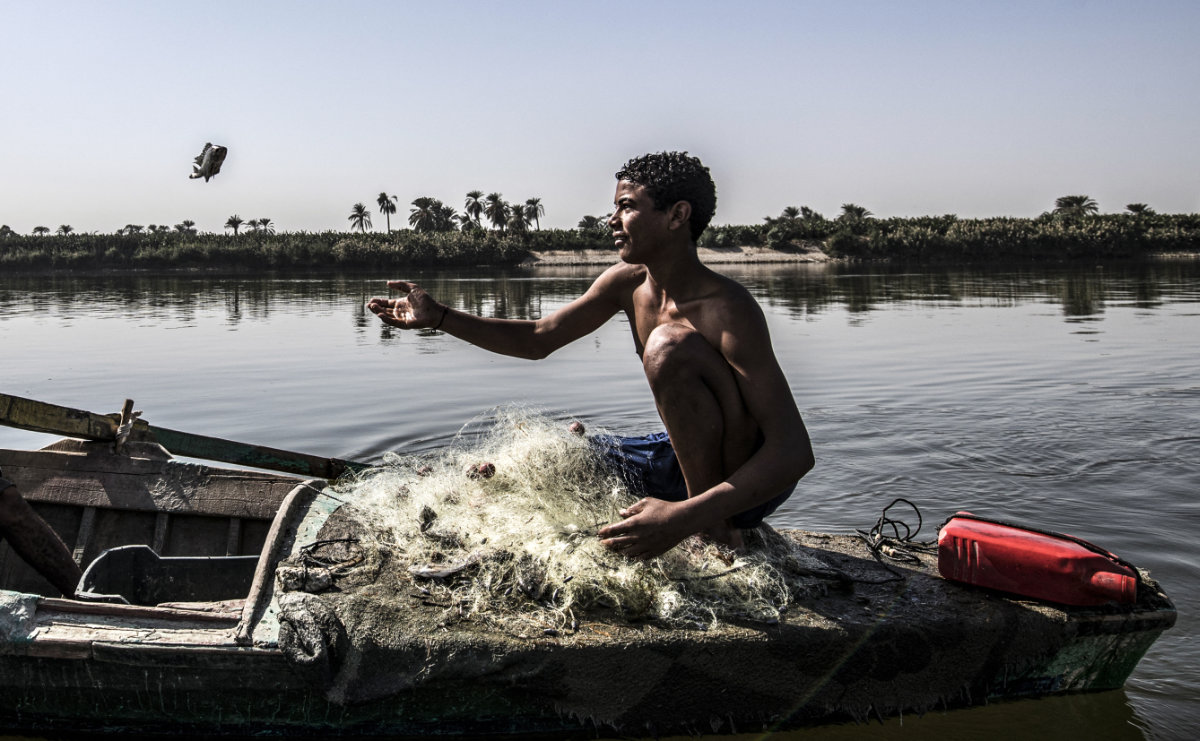
“This helps people to understand long-term trends in what is happening with fisheries through time,” said Kim Friedman, a senior fishery resources officer at FAO. “The initial push was mainly to do species identification guides and most of these were done with the museums of the world, so that a country could pick up a guide and know exactly which species it was. But then we started to also do posters and pocket guides so people could carry them in boats.”
The tools have evolved thanks to critical new work, supported by artificial intelligence, that could transform ocean-conservation efforts that are much needed given that many of the world’s fish species are in decline.
Once a very costly, time-consuming process carried out by observers on vessels, species tracking using advanced technology can now be so detailed that the data can even pinpoint the freshness of fish.
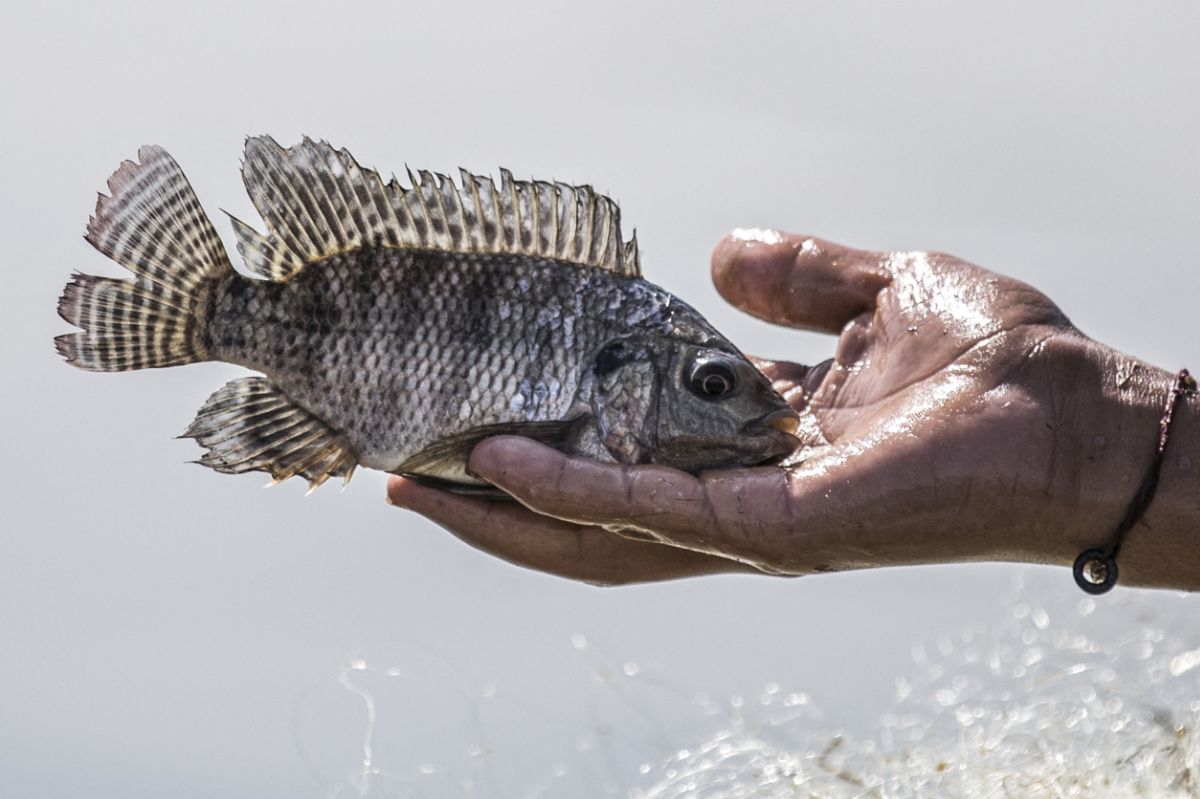
Edwin van Helmond, a fisheries scientist at Wageningen Marine Research, which is part of WUR, said that the potential for the use of AI and other technologies in supporting fisheries management is huge.
“The fact that detailed catch information can be collected through algorithms, without the presence of experts, makes data collection available in remote areas,” he told Arab News. “Data can be sent or collected at a later stage or directly stored in a data cloud and made remotely available for experts.”
He believes such technology will also greatly benefit food security in the long term, which is a major challenge facing the Gulf region, and also the sustainable management of natural resources, which begins with the collection of sufficient data.
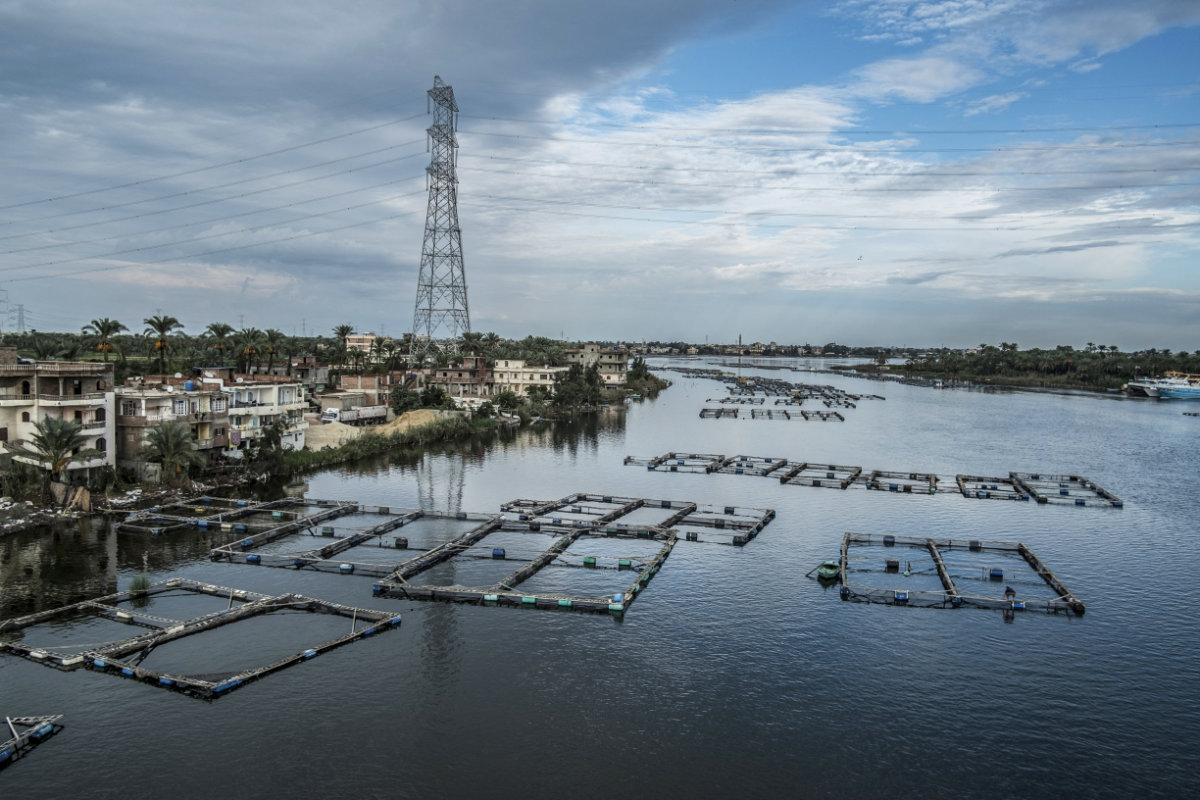
“To be able to perform a good assessment of the available resources, in this case local fish stocks, you need good data,” he said. “This includes detailed catch information by species, catch weight, and length frequencies.
“These variables form the input for any stock-assessment model, and with these models you can calculate sustainable harvest quantities without the danger of over exploitation, which equates to sustainable management of local fish stocks and long-term food security.”
FAO is now trying to make the technology more accessible so that more people in the industry can benefit from it, which in turn will help the organization expand its data sets. Comprehensive information about each species would be used to build algorithms that can identify species and their locations and recognize any changes.
FASTFACTS
Climate change, diminishing fish stocks and over-fishing are threatening coastal communities.
AI and mobile apps are helping fishermen worldwide engage in sustainable fishing practices.
Once such algorithms are developed, an app will allow users to search for specific species using imagery that can unlock information such as the features of the species, food values and other fisheries-related data.
“In the future, anyone, even a fisherman, could take pictures of his catch, send them off, get the species identification and, potentially, also some metrics like the size of the fish,” eventually developing a portfolio of trends in the waters in which they work, Helmond said.
The project in the Nile Basin, which will run for three to five years, will also look at certain country requirements in terms of languages, reporting and ensuring data sets meet the desired levels of security.
So far, e. The system mirrors recreational fishing identification efforts in European rivers and lakes, where communities fund systems that can identify catches and develop appropriate codes of practice among themselves.





